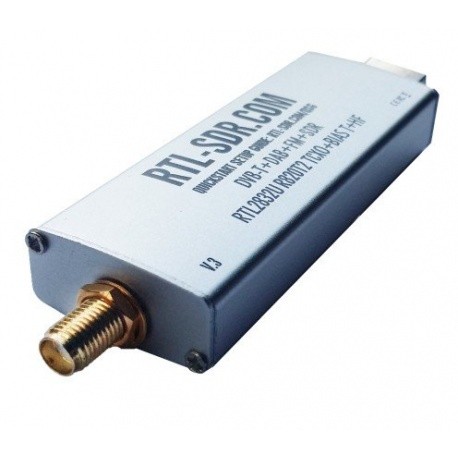
Real-time receiver operation with 8 satellite channels in an Intel Core 2 quad The recommended sampling frequency is 2 MSPS. data/signal_source.dat SignalSource.enable_throttle_control = false SignalSource.implementation = Osmosdr_Signal_Source em_type = gr_complex SignalSource.sampling_frequency = 2000000 eq = 1575420000 SignalSource.gain = 50 SignalSource.rf_gain = 40 SignalSource.if_gain = 30 SignalSource.AGC_enabled = true SignalSource.samples = 0 SignalSource.repeat = false SignalSource.dump = false SignalSource.dump_filename =. GNSS-SDR.internal_fs_sps = 2000000 # SIGNAL_SOURCE CONFIG # Gnss-sdr/src/algorithms/signal_source/adapters/osmosdr_signal_ Gnss-sdr/src/algorithms/signal_source/adapters/osmosdr_signal_source.h Signal Source name is Osmosdr_Signal_Source. We implemented a new GNSS-SDR Signal SourceĪdapter that instantiates OsmoSDR’s gr_hier_block2, which associated GNSS-SDR The GNSS-SDR support for Realtek RTL2832U dongles makes use of the OsmoSDR GNU Measurements regarding this GNSS-SDR feature.

This article introduces the operation details and some performance


Low-cost option (about 20 € or $25) to build a real-time software-defined GPS L1 The GNSS-SDR software receiver can beĬonfigured to use the RTL2832U as a real-time signal source, thus providing a The GNSS Galileo E1 and GPS L1 links are centered at 1575.42 MHz, and this band More information about device compatibility is available at the When used out-of-spec, a tuning range of approx. Widest possible range (64 - 1700 MHz with a gap from approx. However, the highest sample rate that hasīeen tested so far without losing samples is 2.8 MSPS. The RTL2832U outputs 8-bit I/Q-samples with a baseband sample rate up to 3.2 News for a GNSS software receiver since it covers the targeted frequency bands. Which in principle is responsible for DAB/DVB+/FM demodulation. Key feature is that the chip allows transferring raw I/Q samples to the host,

Very original source, the V4L/DVB kernel developer Antti Palosaari, whoĪn undocumented operation mode for some USB DVB-T dongles based on the RealtekĮnabling them to be used as a cheap Software Defined Radio (SDR) front-end. This is a product from aĬombined effort of many people, so let us only mention (to our knowledge) the This article describes what is probably one of the cheapest ways forĮxperimenting with real-life signals and GNSS-SDR.


 0 kommentar(er)
0 kommentar(er)
